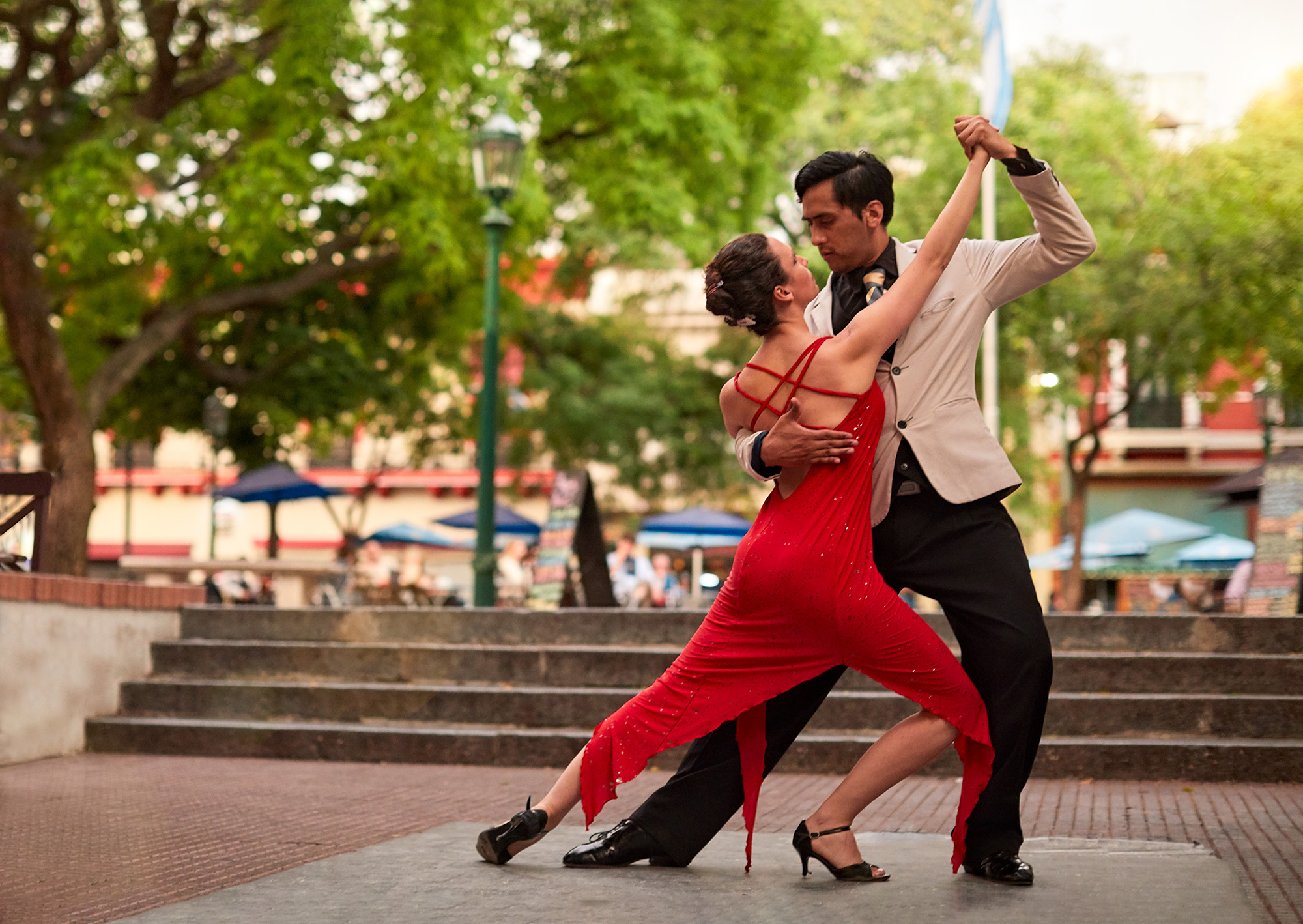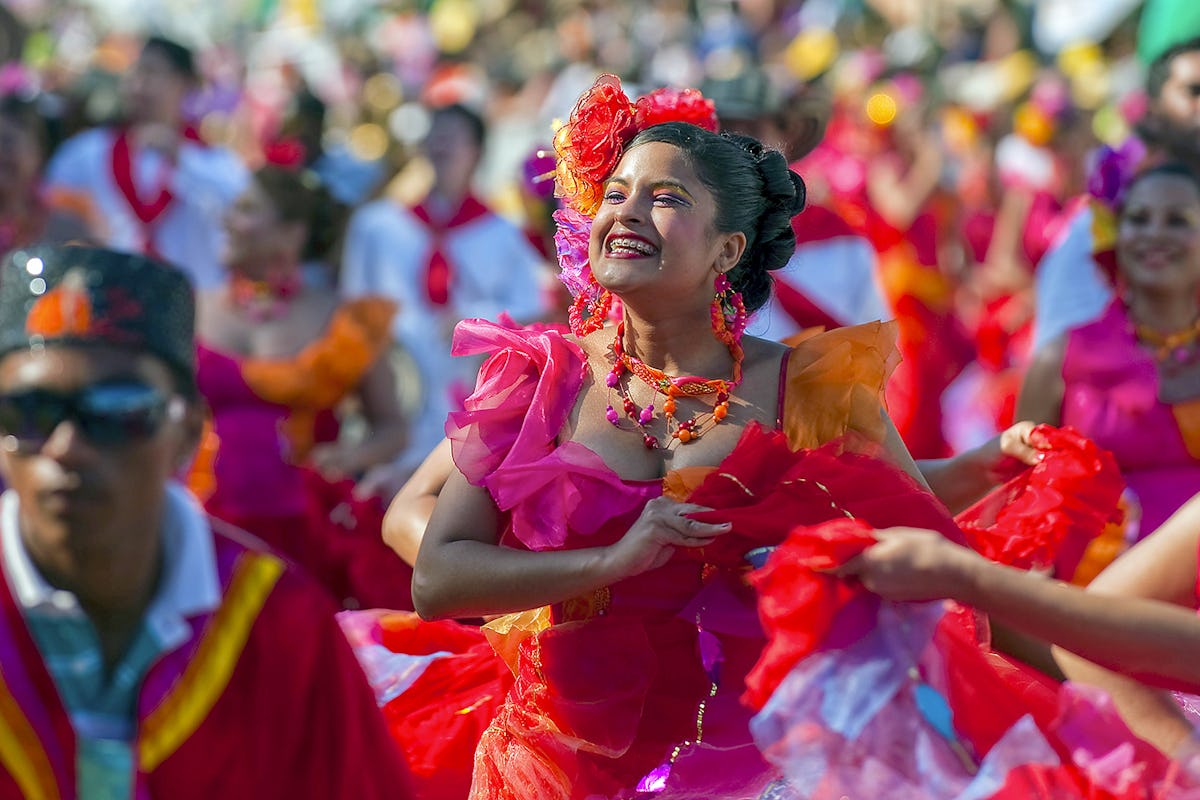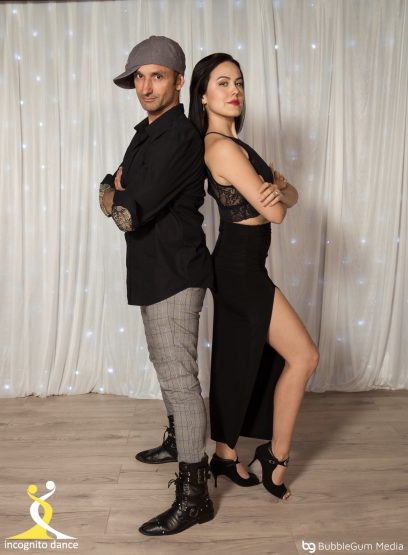Some Known Facts About Dance San Francisco.
Wiki Article
Facts About Dance San Francisco Revealed
Table of ContentsThe 4-Minute Rule for Dance San FranciscoDance San Francisco for BeginnersThe Basic Principles Of Dance San Francisco Dance San Francisco Things To Know Before You Buy
Let's think about Salsa dancing and songs as a large Tree that looks like this: Salsa is danced globally while lots of technical facets of the dancing coincide throughout styles (6 actions over 8 beats danced on a quick-quick-slow or slow-quick-quick rhythm), there are a number of "hallmark" functions of the main designs of Salsa that differentiate one from the other.Pairs participating in an Online casino Rueda dance all actions in unison as called by a Leader. Distinguishing attributes of Cuban style salsa are round turn patterns (with "break back" steps on counts 1 and 5) in addition to body movement inspired by standard Afro-Cuban folkloric dances. Distinct attributes of Cali style salsa fasts and complex maneuvering, danced with a solid hand hold connection in between partners.
The origins of the style are a subject of debate, yet it is stated that New york city design Salsa dance came from the 1960's as a result of the influx of Latin American emigrants after the Cuban Transformation (salsa dancing sf). Eddie Torres is the most popular New york city style dancer, being virtually globally credited with popularizing the style to dance centres beyond New York
The fundamental rhythm of "On-2" is slow-quick-quick. The "youngest" of the designs of Salsa, L.A (http://go.bubbl.us/ddcdbd/932e?/New-Mind-Map). Design (some individuals have called it "West Coast" design) ended up being popular in the 1990's and has its beginnings in ballroom (Mambo, Swing and Cha, Cha, Cha). Transform patterns lead and comply with strategies are heavily affected by these styles, with the Cross Body Lead being the keystone of the style
Not known Factual Statements About Dance San Francisco
Design are execution of turn patterns and figures in the "slot", with the break steps on counts "1" and "5". This style is additionally identified by fancy and commonly complex arm designing by the follow to accent the "1" and "5" counts. The fundamental rhythm of "On-1" is quick-quick-slow. While Salsa music has strong beginnings in Cuban, Colombian and Puerto-Rican folkoric customs, it can not be marked down that all Afro-Latin and Latin American societies have added to contemporary Salsa music as we know it today.

There she came to be close friends with the Nuyorican artists, and her partnerships with them and her time with the Fania All-Stars resulted in over 50 albums (of collaborative and solo job). Thanks to the internet and convenience of access to information, the appeal of Salsa music, dancing and culture has spread like wildfire over the last three decades and also then contemporary Salsa artists proceed to commemorate the Starting Daddies and Mommy of Salsa.

All About Dance San Francisco
differentiating qualities of Salsa songs are: 4/4 time trademark, Son Clave and Tumbao rhythms, Montuno Piano Unless you have a background in music, the above 3 features most likely suggest nothing to you. A less complicated way to explain Salsa songs is just how it does NOT seem like various other kinds of Latin American music.
It's time for lessons. With so lots of workshops around and various designs to select from, where does a total newbie start? The majority of brand brand-new professional dancers pick to learn L.A. "On-1" design slotted Salsa designs are one of the most widespread in The United States and Canada (with some exemptions of some metropolitan centres that still mainly welcome Cuban and Puerto Rican designs) and L.A.
.A. Design will rapidly show you the basics of Salsa timing, weight transfer and transform pattern execution. Numerous dancers, when they've had a year or more of dance L.A. Design Salsa under their belts, "button" to New york city design in order to expand their dancing vocabulary; yet several professional dancers decide to stay with just one style of Salsa and enjoy their time on the dancing flooring in that certain style. salsa dancing sf.
Design and New York Design all being danced in the exact same club, with a number of the dancers having the ability to switch over from one design to the various other from one track to the following. salsa dancing sf. No matter which design you choose it is very important to stick to that design up until you're extremely comfortable with the principles of timing, body rhythm and structure step execution before taking into consideration "switching" styles (if you desire to)
Once you start lessons be all set to dedicate energy and time to finding out exactly how to dance in general it takes a full novice (i. e., a person with little or no dancing experience) about 6 months of proactively taking lessons and heading out and practicing a minimum of two times a week to reach a point where pattern implementation starts to feel "all-natural".
Report this wiki page